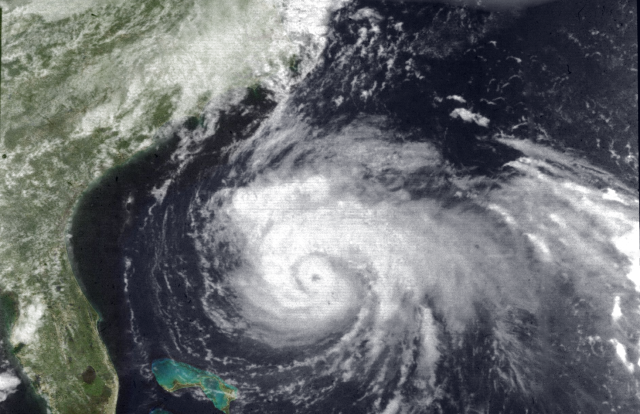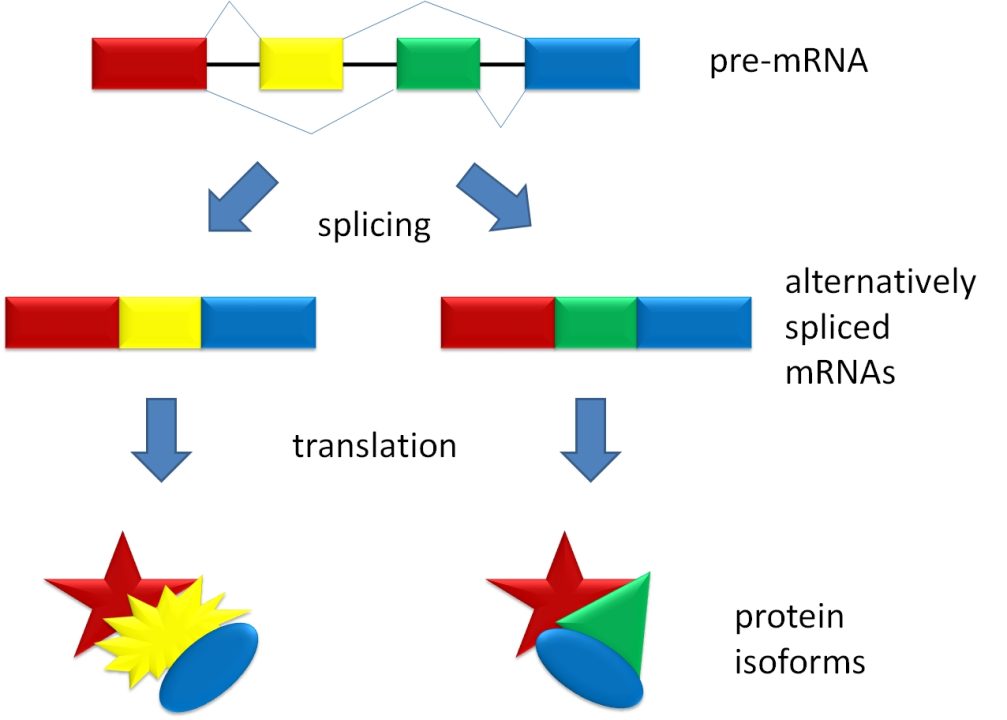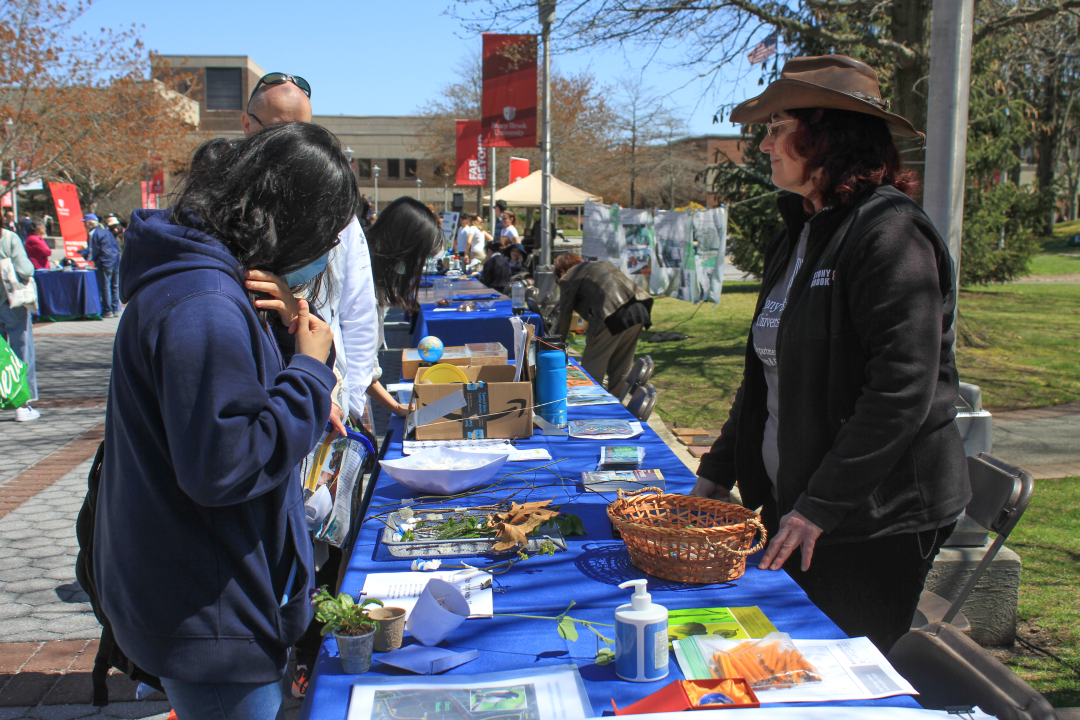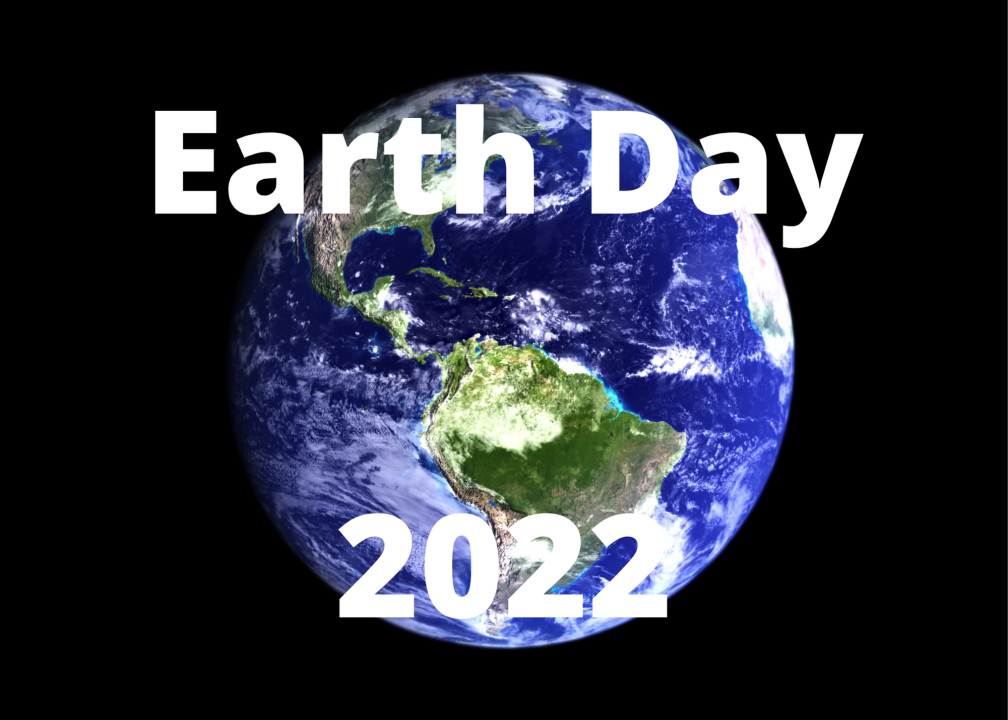
Human-induced climate change caused rainfall during the 2020 Atlantic Ocean hurricane season to climb 10% from 1850, according to a study conducted by Stony Brook University School of Marine and Atmospheric Sciences professor Kevin A. Reed and his team of meteorologists.
The team began the study in January 2021 and focused on hurricanes formed over the Atlantic Ocean basin. They analyzed factors such as sea and global surface temperature, hurricane trajectory and intensity.
According to Colin Zarzycki, assistant professor of meteorology and climate dynamics at Pennsylvania State University and a co-researcher in the study, these variables can add to the total amount of rainfall. The objective of the study was to provide policymakers with the information they needed to properly plan for future storms.
Reed’s team gathered information and studied these hurricanes by utilizing Betacast, a computer program created by Zarzycki. He first developed the program as part of his doctoral studies at the University of Michigan.
The software ran weather modeling systems developed at the National Center for Atmospheric Research in Boulder, Colorado, consisting of various atmospheric, climate and temperature information collected by meteorologists from around the world.
By utilizing this information, the software could simulate what the atmosphere, climate and temperature were like several decades in the past, as well as predict what they would be like in the future.
“We were using that information to create hypothetical worlds, to see how these hurricanes might change under different conditions,” Zarzycki said. “For example, we run the same hurricane but under pre-industrial conditions, and see how much rainfall would this hurricane have if we kind of put it in a time machine and brought it back to 1850.”
Reed was the lead researcher of this project. He was responsible for completing the simulations of the computer model, directing the focus of the team’s analysis and writing the manuscript that would eventually be published.
Michael Wehner, a scientist at the Lawrence Berkeley National Laboratory, analyzed and interpreted the data Zarzycki’s model simulated. All three researchers collaborated in revising the report before submitting it for review.
The team decided to simulate what the 2020 Atlantic hurricane season would have been like without climate change. To do this, they used the atmospheric, climate and temperature information from 1850 and simulated the 2020 Atlantic hurricane season under these conditions.
They found that since 1850, the total amount of hurricane rainfall has increased by 10%.
“Do you remember there were parts of the New York metropolitan area that received five inches or more of rain in just a few hours [of time] period?” Reed said. “We can go whole weeks in some cases, months without getting five inches, let alone for that [much rain] to fall in a couple of hours. Ten percent may or may not seem like much, but it is a substantial amount on top of an already extreme rate.”
According to Zarzyck, this increase in precipitation impacts populated areas even more than hurricanes already do.
“Hurricane Harvey, which was a hurricane that struck Texas with a lot of flooding a few years ago in the Houston area, was devastating both from a property loss standpoint, from a human life standpoint, from a kind of economic or financial standpoint,” he said. “If you were to increase the amount of precipitation that occurred by 10%, you know, you’re causing a significant addition of loss and stress.”
Reed explained that the results of the study were not surprising to him because previous studies have shown how climate change has made storms more intense and is consistent with what researchers have observed in the past.
However, even though the results were unsurprising, it was still important for the team to analyze and conduct experiments for the sake of gathering information, Zarzycki said.
“When we focus on all storms, we see a similar result, and that suggests that climate change isn’t just impacting, you know, these high impact events that flood coastal communities,” Reed said. “They’re impacting all storms during the season.”
















